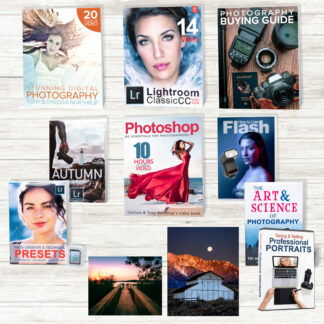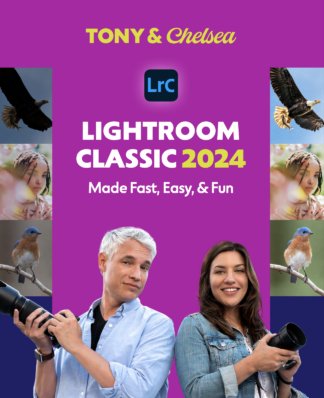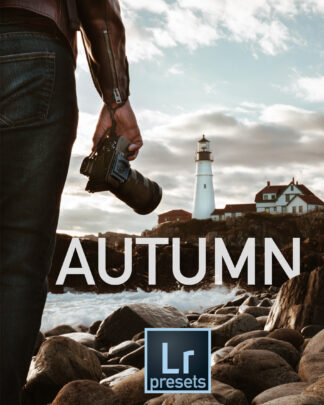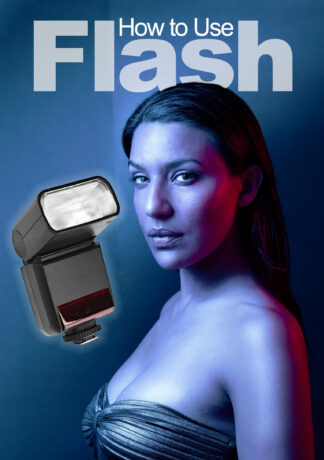[wprs-datatable cpt=”page” title=”Nikon cameras” rank=”no” action=”no” parent=”182″] Sony’s E-mount cameras offer the image quality of an APS-C DSLR in a small, inexpensive package. Because of their relatively low price and amazing image quality, they’re my standard recommendation for casual photographers. In other words, if a friend asks me what camera they should buy, I’ll steer them towards an NEX-3n or an a5100, depending on their budget. But those friends aren’t the type who would read this guide, or even care about megapixels; they’re the average casual photographer, the mom or dad who wants pictures of their kids and their vacations. As a reader of this book, you might be happier with a more advanced camera.
| Model | Price (new) | Price (used) | Focusing | Tilt screen | Touch screen | Wi-Fi | Pop-up Flash | EVF | FPS | MP | Video |
| ILCE-QX1 | $400 | Good | 24 | ||||||||
| NEX-3N | $400 | $230 | Good | Flip-up | * | 4 | 16 | 1080/30p | |||
| NEX-5T | $450 | $360 | Better | Flip-up | * | * | 10 | 16 | 1080/60p | ||
| a5000 | $500 | $450 | Good | Flip-up | * | * | 4 | 20 | 1080/30p | ||
| a5100 | $550 | Best | Flip-down | * | * | * | 6 | 24 | 1080/60p | ||
| NEX-6 | $690 | $475 | Better | Tilt | * | * | * | * | 3 | 16 | 1080/60p |
| NEX-7 | $815 | $680 | Better | Tilt | * | * | 10 | 24 | 1080/60p | ||
| a6000 | $650 | Best | Tilt | * | * | * | 11 | 24 | 1080/60p |
All the Sony APS-C mirrorless cameras are available as kits with the 16-50 f/3.5-5.6 lens, which I highly recommend. The kit lens is sharp, compact, and flexible. They also allow charging over USB, which makes them easy to travel with. You can charge them from your laptop’s USB port, or any plug-in or battery-powered USB phone charger. However, Sony does not provide a traditional battery charger with the cameras. If you want to charge your camera faster, you’ll need to buy a separate charger. The newest models, the a5100 and a6000, offer better autofocus than the older models. This is an important consideration because even casual photographers struggled with the older models. Just as Canon and Nikon offer both APS-C and full-frame DSLRs and allow you to swap lenses between the systems, Sony offers full-frame mirrorless cameras. The three models are all closely related:
- The standard 24-megapixel a7 is the best value, and the best choice for most photographers investing in this system.
- The a7R offers the greatest image quality, with 36 megapixels, but has some design flaws that make it difficult to take advantage of all those pixels.
- The a7S is a specialized camera primarily intended for low light video. Most stills photographers should avoid it because it offers only 12 megapixels of detail.
I believe full-frame mirrorless cameras will eventually replace full-frame DSLRs as the camera of choice for professional photographers and serious enthusiasts. The electronic viewfinders are fantastically useful, and every DSLR will seem bulky and heavy by comparison. Today, they’re the right choice for many, but not most. The most serious drawbacks, when compared to full-frame Canon and Nikon DSLRs, are:
- The native lens selection is quite limited, and lenses tend to be more expensive than their Canon and Nikon counterparts.
- While you can attach a wide variety of DSLR lenses using adapters, you give up much of the benefits of using a mirrorless camera, and if autofocus works at all, it will be much slower.
- Even with native full-frame E-mount lenses, tracking moving subjects with the autofocus is far less accurate than it is with similarly priced DSLRs. DSLRs are still the best choice for wildlife and sports.
For those satisfied with the current lens selection, and those primarily interested in still subjects, the a7 family is a perfect choice.





